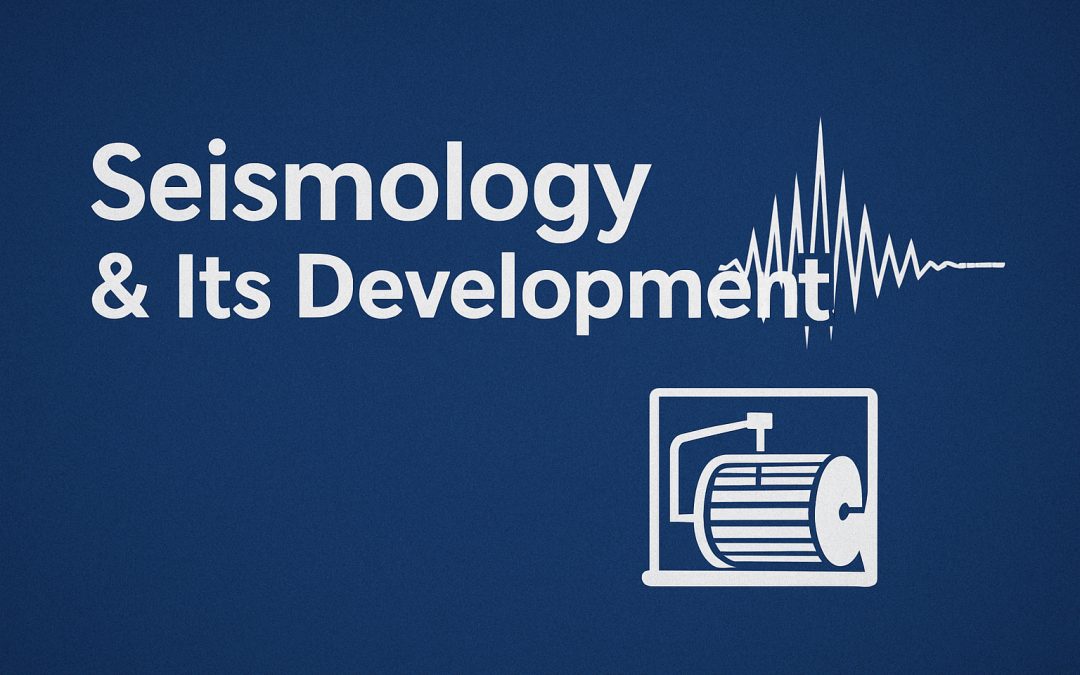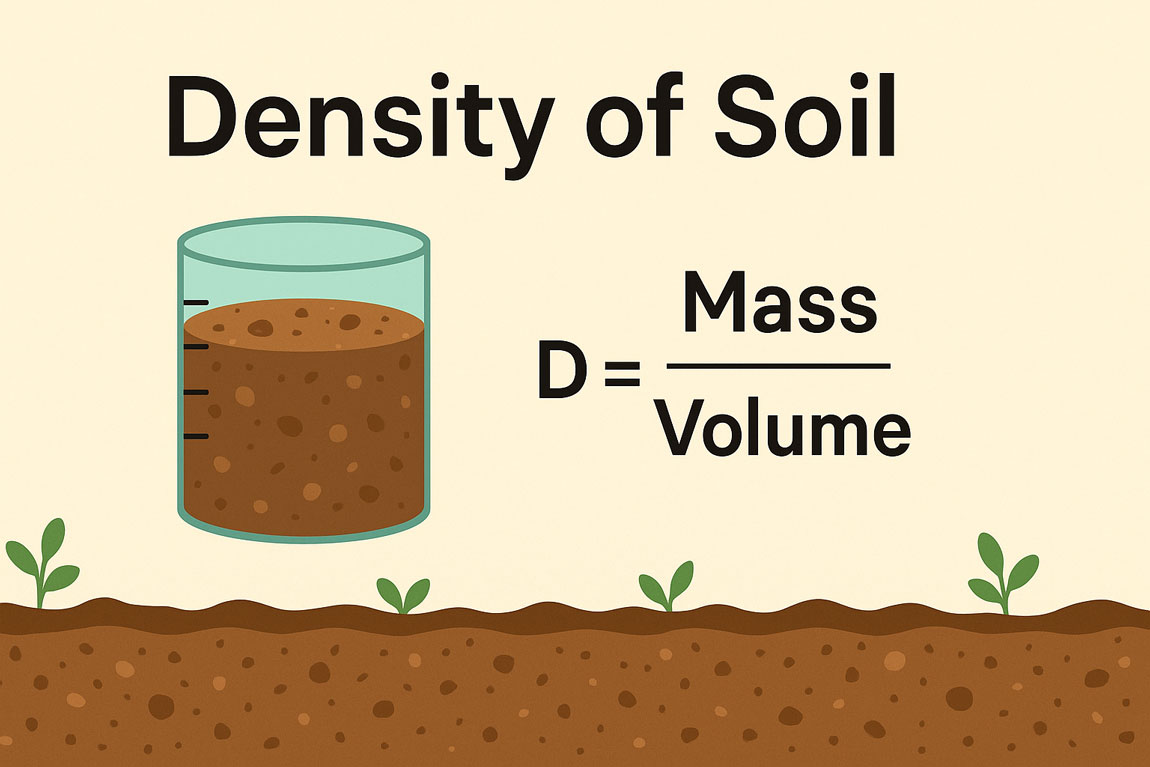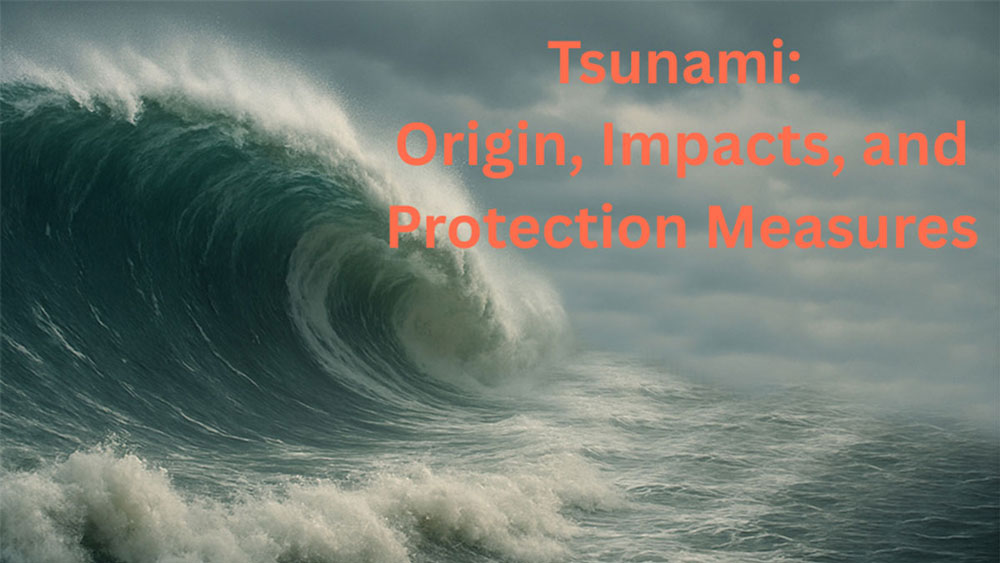Seismology is the study of earthquakes. Much of the information about the nature of faulting during an earthquake comes from the resulting seismograms. Most earthquakes occur due to plate motion, and understanding the direction and magnitude of this movement helps describe plate motions and the forces that generate them.
Seismogram analysis allows researchers to investigate the physical processes that happen before, during, and after a fault rupture. Such studies help scientists assess the hazards posed by earthquakes.
What is Seismology?
Seismology (from Greek σεισμός “earthquake” and -λογία “study of”) is the scientific study of earthquakes and the propagation of elastic waves through the Earth or other planet-like bodies. It focuses on seismic waves that travel through and around the Earth, including those caused by earthquakes.
Geophysicists study how these waves move and affect the Earth to understand the nature of regions deep below the surface, where direct observation is impossible. Seismic waves can originate from natural events, such as earthquakes, or be artificially generated.
The field also includes studies of earthquake effects, such as tsunamis, and diverse seismic sources such as volcanic, tectonic, oceanic, atmospheric, and artificial processes (like explosions).
A related discipline, paleoseismology, uses geological evidence to infer information about past earthquakes. A record of Earth’s motion over time is called a seismogram, and a seismologist is the scientist who researches and interprets these records.
Development History of Seismology:
Some major milestones in the development of seismology include:
- Ancient Observations: Early speculations on the natural causes of earthquakes appeared in the writings of Thales of Miletus (c. 585 BCE/BC), Anaximenes of Miletus (c. 550 BCE), Aristotle (c. 340 BCE), and Zhang Heng (132 CE/AD).
- The First Seismoscope: In 132 CE, Zhang Heng of China’s Han dynasty designed the first known seismoscope.
- Early Theories: In 1664, Athanasius Kircher suggested that earthquakes were caused by fire moving through channels inside the Earth. Later, in 1703, Martin Lister and Nicolas Lemery proposed that chemical explosions within the Earth triggered quakes.
- The Lisbon Earthquake of 1755: This event inspired scientific investigations by John Bevis (1757) and John Michell (1761). Michell proposed that earthquakes originate within the Earth as waves caused by shifting rock masses deep below the surface.
- Instrumental Seismology: In 1857, Robert Mallet established the foundations of instrumental seismology through experiments using explosives. In 1897, Emil Wiechert theorized that Earth’s interior consists of a silicate mantle surrounding an iron core.
- Major Discoveries: In 1906, Richard Dixon Oldham identified the separate arrivals of P-waves, S-waves, and surface waves, providing clear evidence of Earth’s core.
- Elastic Rebound Theory: In 1910, Harry Fielding Reid introduced the “elastic rebound theory” after studying the 1906 San Francisco earthquake, forming the basis for modern tectonic science.
- Advances in the 20th Century: Harold Jeffreys (1926) concluded that Earth’s core is liquid, while Inge Lehmann (1937) discovered a solid inner core within the liquid outer core.
- The Plate Tectonic Revolution: By the 1960s, earth sciences had progressed to form the comprehensive theory of plate tectonics, explaining most seismic events worldwide.
Learning from Seismology:
Plate tectonics explains about 90% but not all of the phenomena. However, this knowledge does not yet allow precise earthquake prediction because tectonic processes occur over millions of years, far beyond the human timescale.
These movements happen slowly, yet the signs that precede an earthquake usually appear only seconds before it strikes. Even with highly sophisticated seismometers, scientists often receive too little warning to provide lifesaving alerts.
Each year, thousands of small tremors occur, most too weak to notice. Some may act as foreshocks, hinting at larger quakes to come. Additionally, studies of other natural phenomena, such as tidal patterns and animal behavior, may offer clues about future earthquakes.
Conclusion:
Seismology remains one of the most vital fields for understanding the dynamic nature of our planet. From ancient observations to advanced digital seismographs, it has revealed Earth’s internal structure and the processes that trigger earthquakes.
Although predicting earthquakes continues to be a challenge, modern technology and global seismic monitoring systems are improving our ability to assess risks and minimize damage. Seismology not only deepens scientific knowledge but also strengthens our preparedness for the powerful forces that shape our world.






